Lumber prices have been on a wild roller-coaster this year and experts say the forces behind the ups and downs are coming from many directions.
John Innes, University of British Columbia’s dean of forestry, explained prices reached $1,600 per thousand board feet earlier this year before crashing down as low as $490.
“That has been driven mainly by increased demand in the U.S.,” said Innes. “Lots of people are doing deck renovations, house renovations and there has been a rise in housing starts. There also was a shortage of lumber. This supply and demand created higher prices.”
However, once prices shot up, many began to rethink or postpone their projects, causing a price correction.
But lumber is facing another challenge. Recently, forestry products company Canfor announced it would be curtailing approximately 115 million board feet of production capacity at its Canadian sawmills during the third quarter of 2021 due to the significant supply chain challenges and a transportation backlog in Western Canada as a result of the extreme wildfire conditions.
“The wildfires burning in Western Canada are significantly impacting the supply chain and our ability to transport product to market. As a result, we are implementing short-term production curtailments at our Canadian sawmills. We are developing site specific plans to minimize the impacts to our employees and contractors,” said Stephen Mackie, executive vice-president of Canfor’s North American operations in a press release.
Innes explained wildfires had damaged rail networks which backed up train trips and required trains to move slower to reduce the risk of sparks. This sent prices back up.
“I think it is probably an overreaction but that is how lumber traders work,” said Innes, who noted West Fraser, another lumber company, recently announced record profits although mostly outside of B.C.
Innes explained wildfires are also impacting production. Fires can burn through supply, prevent crews from accessing or prevent access to mills.
Prices have now seemed to stabilize, but Innes warned that B.C.’s forestry industry is not out of the woods yet. Fire seasons in B.C. have been getting worse and the forests are still recovering from pinewood beetle damage. Even worse, warmer average temperatures have brought new species of harmful beetles. While the sector may be enjoying profits now, Innes said trouble could be on the horizon.
“There could be a significant shortage in the next 20 to 30 years,” said Innes. “We are simply waiting for the trees to grow back from fires and the pine beetle.”
The good news is that some of the risks can be mitigated using “fire smart” practices. These include prescribed burns, cultural burns, burning out brush during colder months, increasing the size of fire breaks with broadleaf trees and others.
“There are a variety of techniques we can use to play with the landscape to reduce the changes or very large fires spreading,” said Innes.
B.C. can also work to increase the use of wood demand in the province so less needs to risk supply chain disruption while being sent outside the country.
The bad news is little can be done about beetles.
“We are seeing spruce beetles and others,” said Innes. “It’s bad in Alaska and now it’s getting bad in northern B.C. You have southern pine beetle, western beetles, they are all spreading due to warmer temperatures. The only thing you can do is try to stop temperatures from increasing and that is a global issue.”
Follow the author on Twitter @RussellReports.


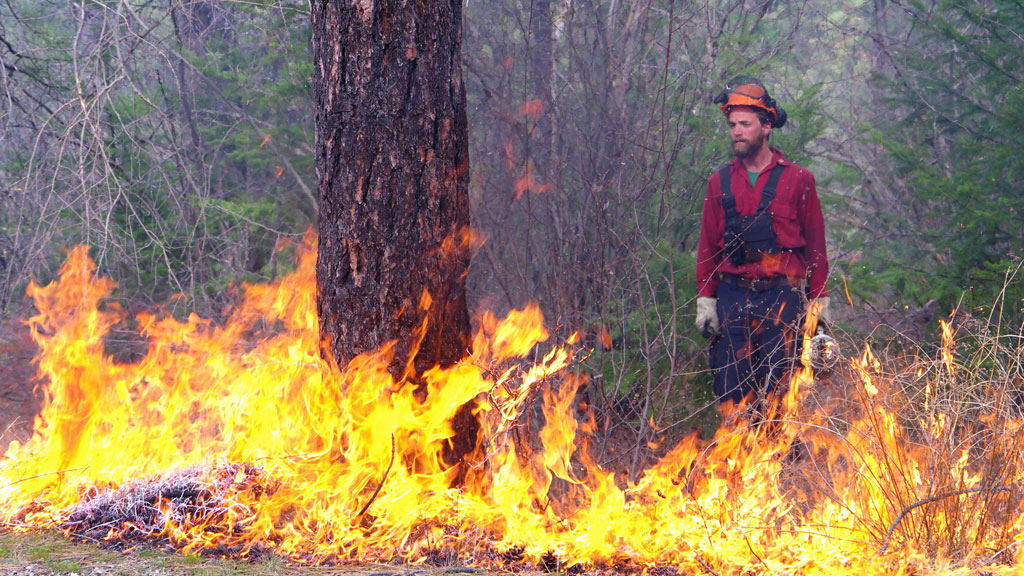

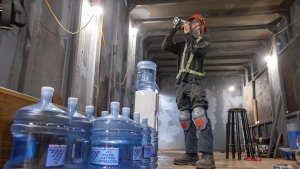
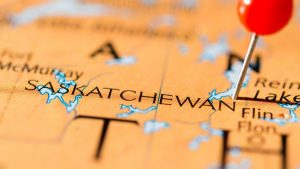
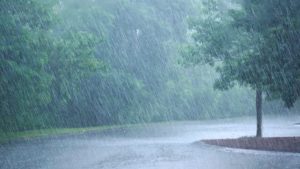


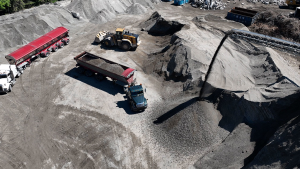
Recent Comments